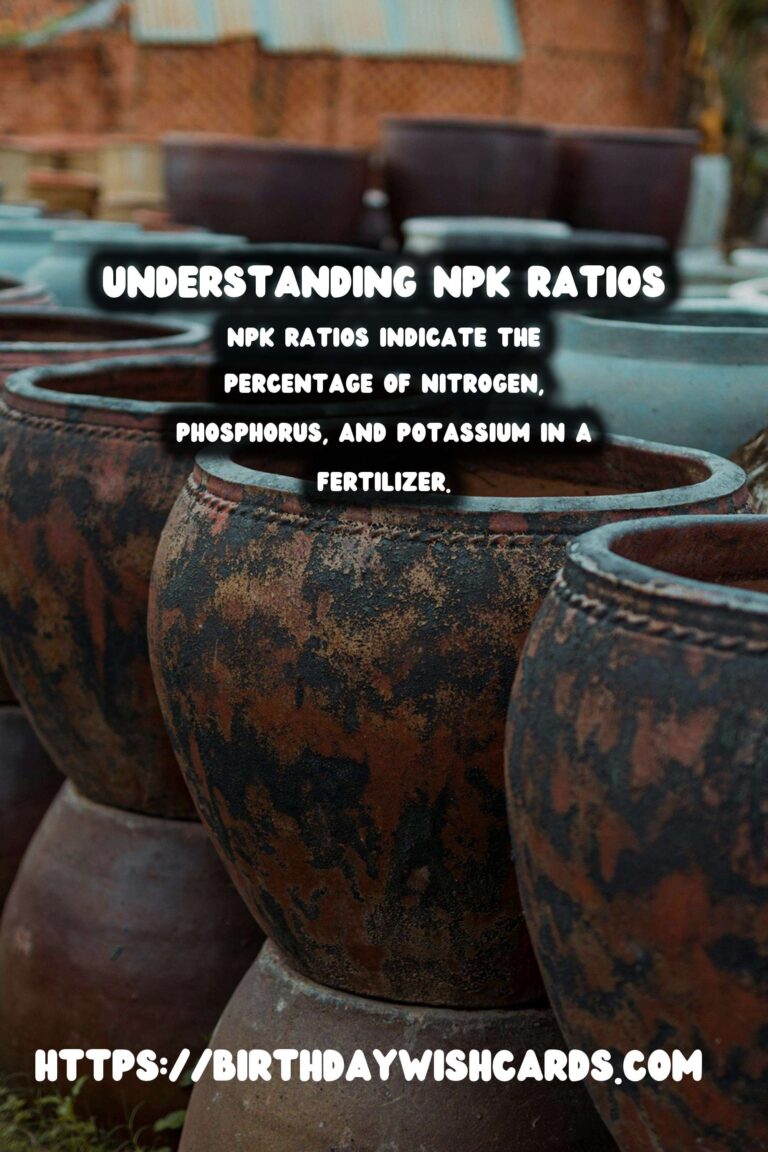
As any gardening enthusiast knows, choosing the right fertilizer is crucial to the health and growth of plants. One of the most important aspects to consider when selecting a fertilizer is the NPK ratio. In this article, we will delve into what NPK ratios are, why they are important, and how to choose the right NPK ratio for your plants.
What Are NPK Ratios?
NPK stands for Nitrogen (N), Phosphorus (P), and Potassium (K), which are the three primary nutrients that plants need to thrive. The NPK ratio on a fertilizer label indicates the percentage by weight of each nutrient in the product. For example, a fertilizer with an NPK ratio of 10-10-10 contains 10% nitrogen, 10% phosphorus, and 10% potassium.
Understanding the Role of Each Nutrient
Nitrogen (N)
Nitrogen is essential for plant growth as it is a major component of chlorophyll, the compound that plants use to photosynthesize and make food. It is also a key component of amino acids, the building blocks of proteins. A deficiency in nitrogen can lead to stunted growth and yellowing of leaves.
Phosphorus (P)
Phosphorus is vital for energy transfer and storage in plants. It plays a significant role in photosynthesis, respiration, and the formation of DNA and RNA. Phosphorus is essential for root development and flowering. A lack of phosphorus can lead to poor root growth and diminished flower and fruit production.
Potassium (K)
Potassium is important for overall plant health. It regulates various physiological processes, including the opening and closing of stomata, which affects water regulation within the plant. Potassium helps in the synthesis of proteins and starches and strengthens the plant’s ability to resist diseases. A potassium deficiency can cause weak stems and leaves, along with increased susceptibility to diseases.
Why Are NPK Ratios Important?
The NPK ratio provides valuable information about the nutrient content of a fertilizer and helps gardeners determine which product is best suited for their plants. Different plants have varying nutrient requirements, and understanding the NPK ratio allows gardeners to meet these specific needs. For instance, leafy vegetables like lettuce require a higher nitrogen content, while flowering plants might benefit from more phosphorus.
How to Choose the Right NPK Ratio
When selecting a fertilizer, it’s important to consider the specific needs of your plants and the current condition of your soil. A soil test can provide valuable insights into the existing nutrient levels in your garden, allowing you to choose a fertilizer that will complement these levels. Additionally, consider the growth stage of your plants. Young plants might need more nitrogen to support vigorous growth, while mature flowering plants often benefit from increased phosphorus and potassium.
Common NPK Ratios and Their Uses
Here are some common NPK ratios and their general uses:
- 10-10-10: A balanced fertilizer suitable for a wide range of plants.
- 5-10-5: Ideal for flowering plants as it promotes blooms.
- 21-0-0: High in nitrogen, perfect for leafy greens and lawns.
- 0-20-20: Low in nitrogen, beneficial for root vegetables and fruiting plants.
Conclusion
Understanding NPK ratios is essential for any gardener looking to optimize plant health and yield. By knowing the roles of nitrogen, phosphorus, and potassium, and how to apply this knowledge to your gardening practices, you can make informed decisions that will benefit your plants. Always consider the specific needs of your garden and consult soil tests when necessary to choose the most appropriate fertilizer. With the right NPK ratio, you can ensure that your plants receive the nutrients they need to flourish.
NPK ratios indicate the percentage of nitrogen, phosphorus, and potassium in a fertilizer. Nitrogen is essential for plant growth and the production of chlorophyll. Phosphorus is vital for energy transfer and root development. Potassium regulates physiological processes and strengthens disease resistance. Choosing the right NPK ratio depends on plant needs and soil conditions. 
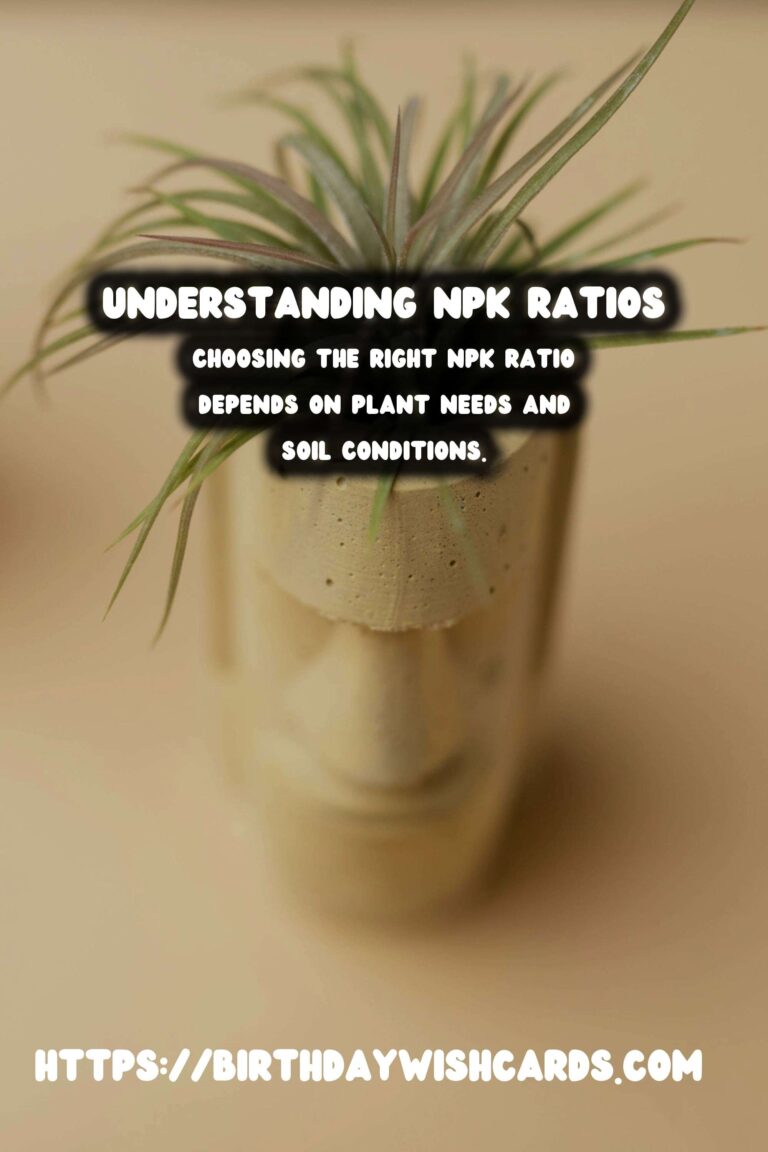
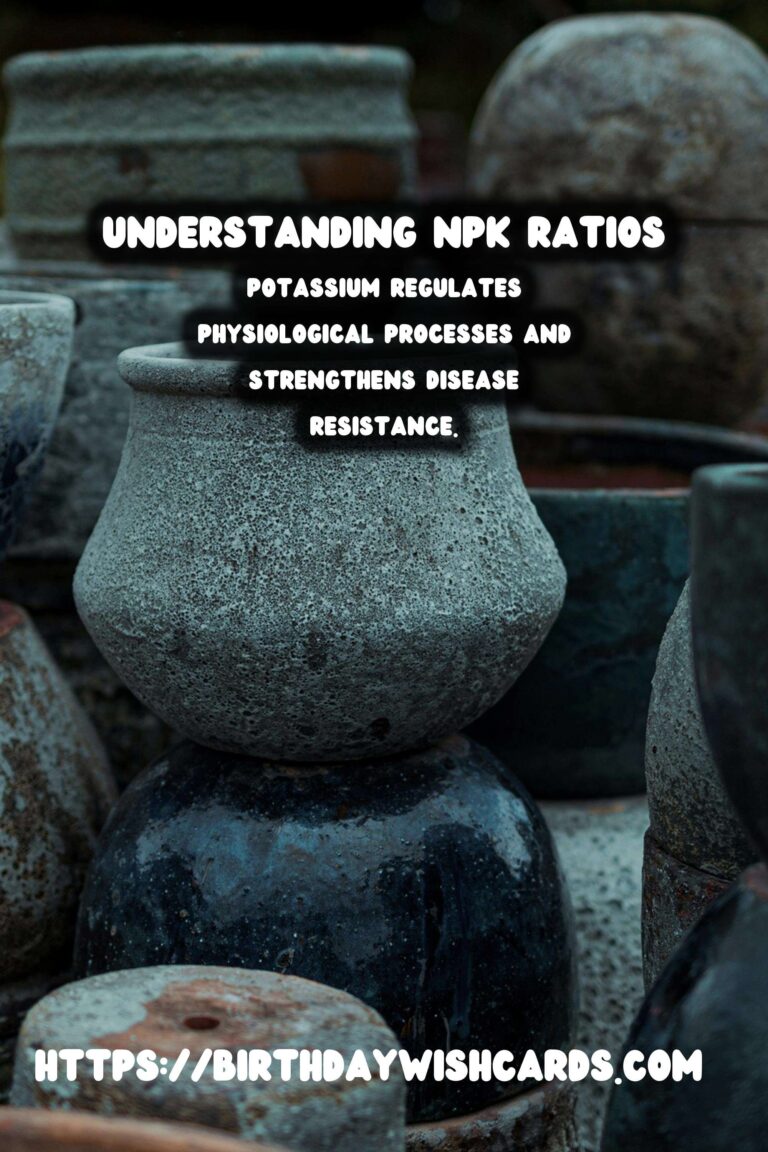
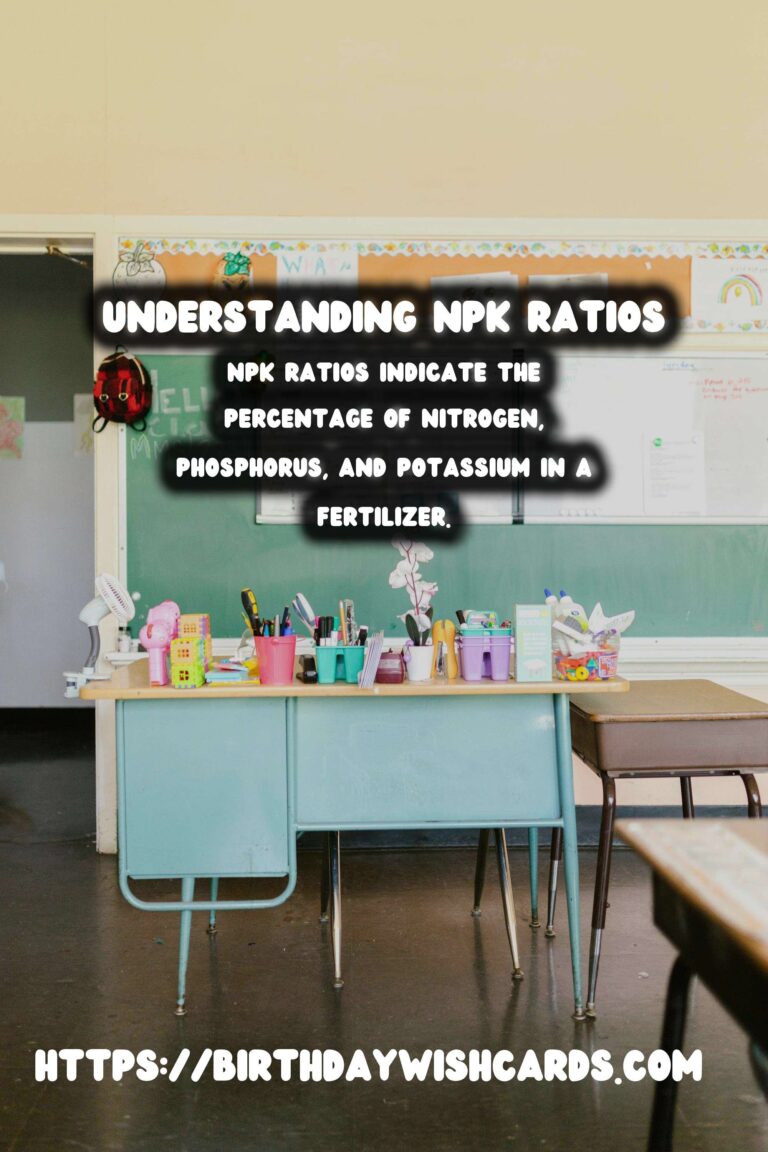
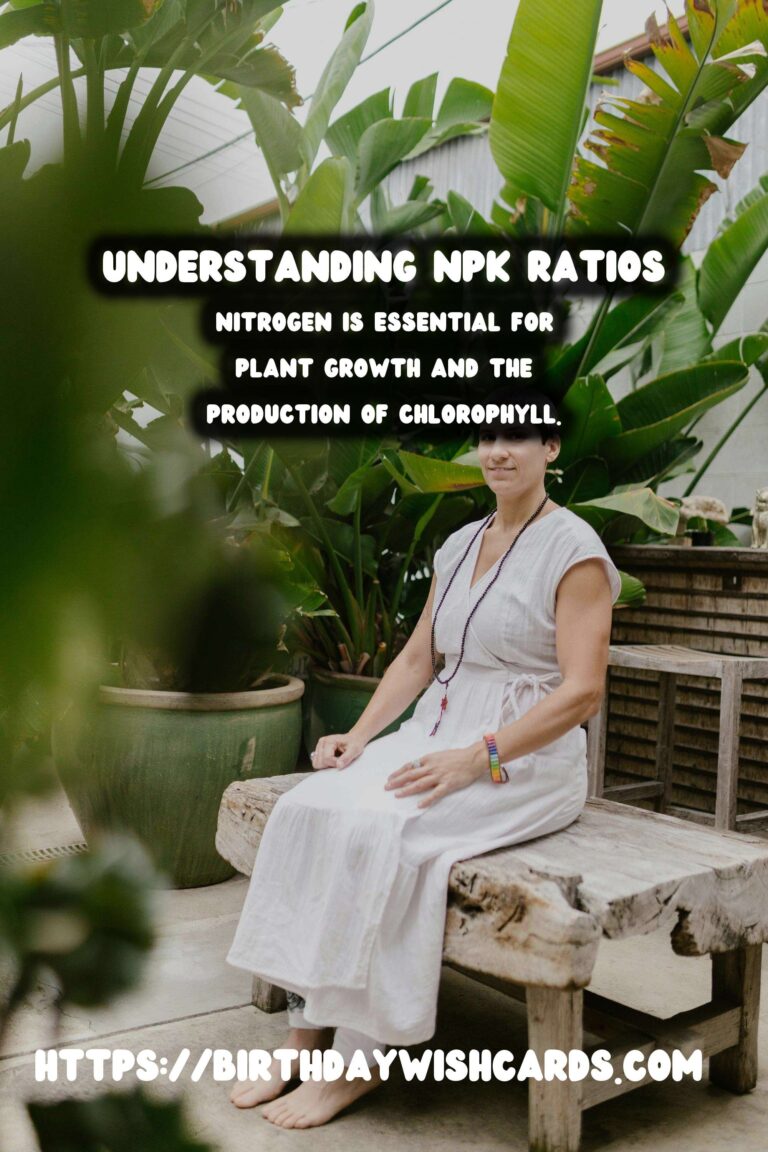
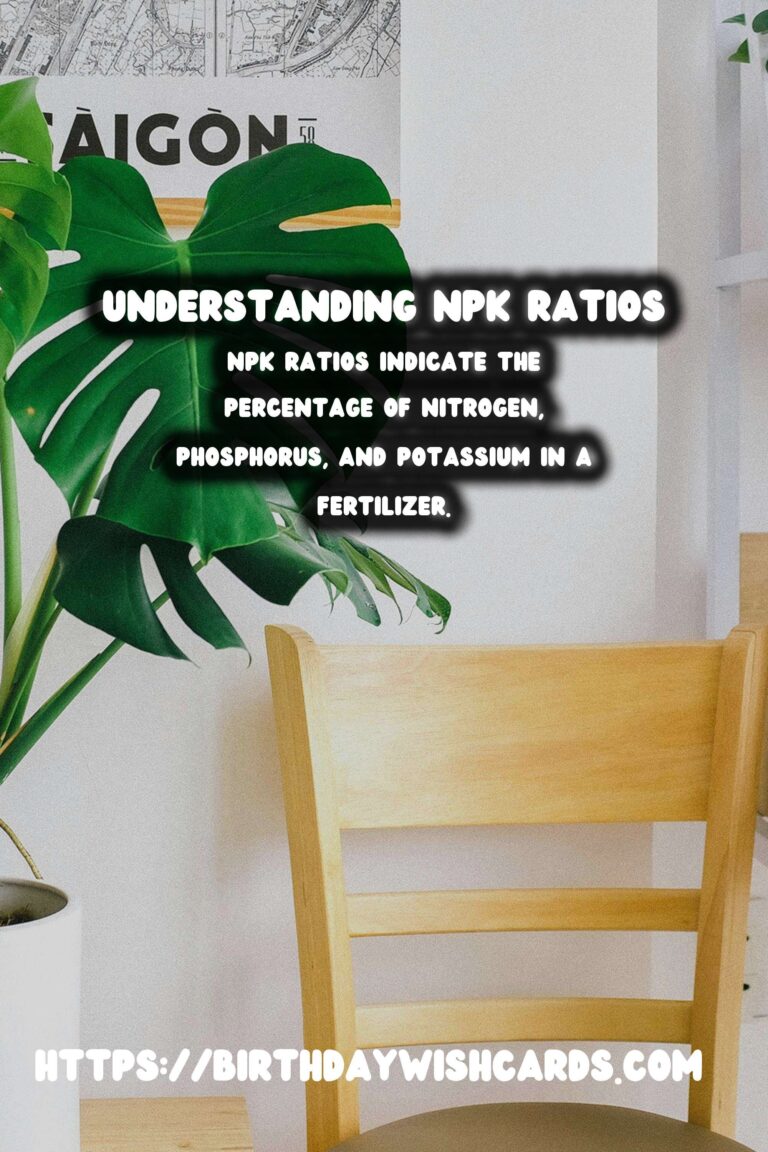
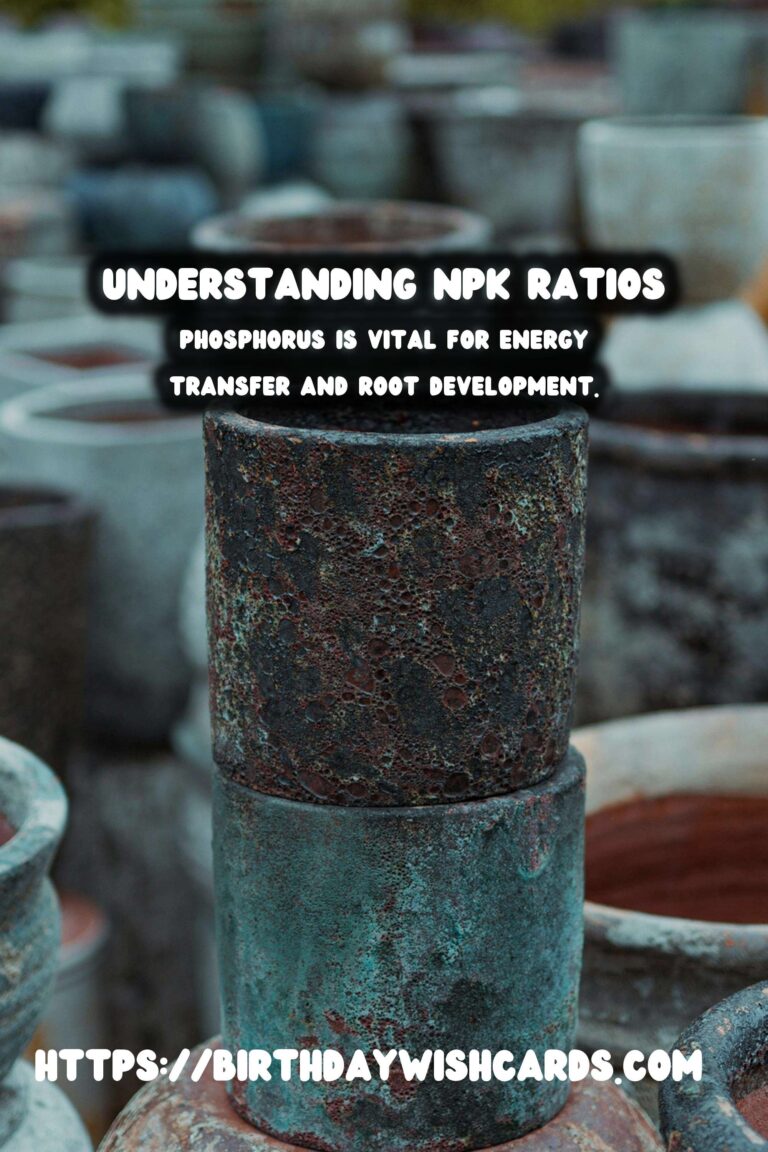

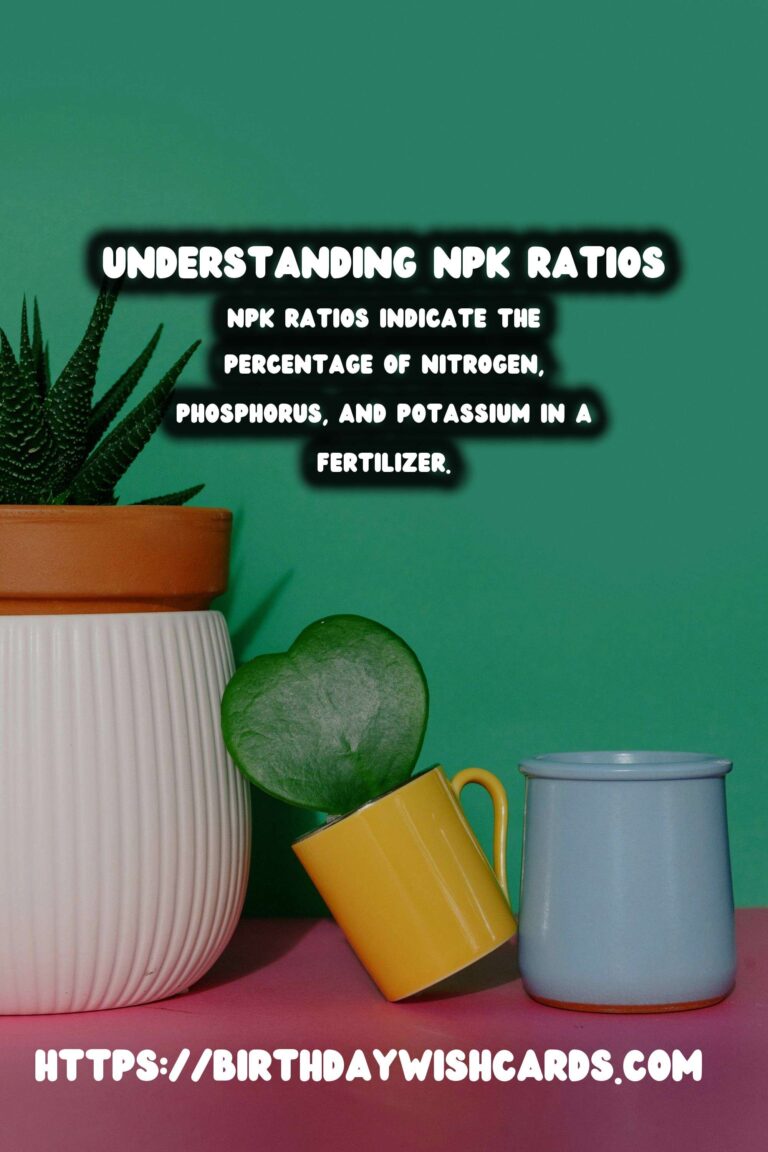
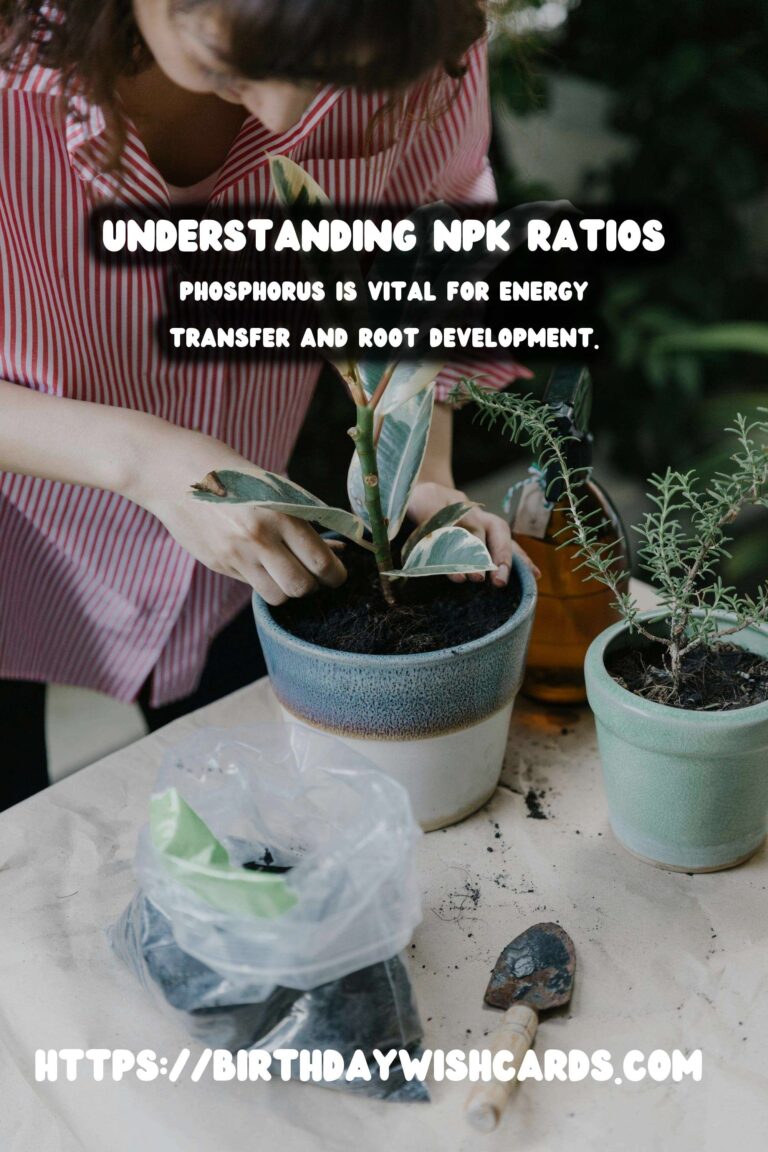
#Gardening #NPK #PlantFertilizers #PlantCare #SoilHealth




